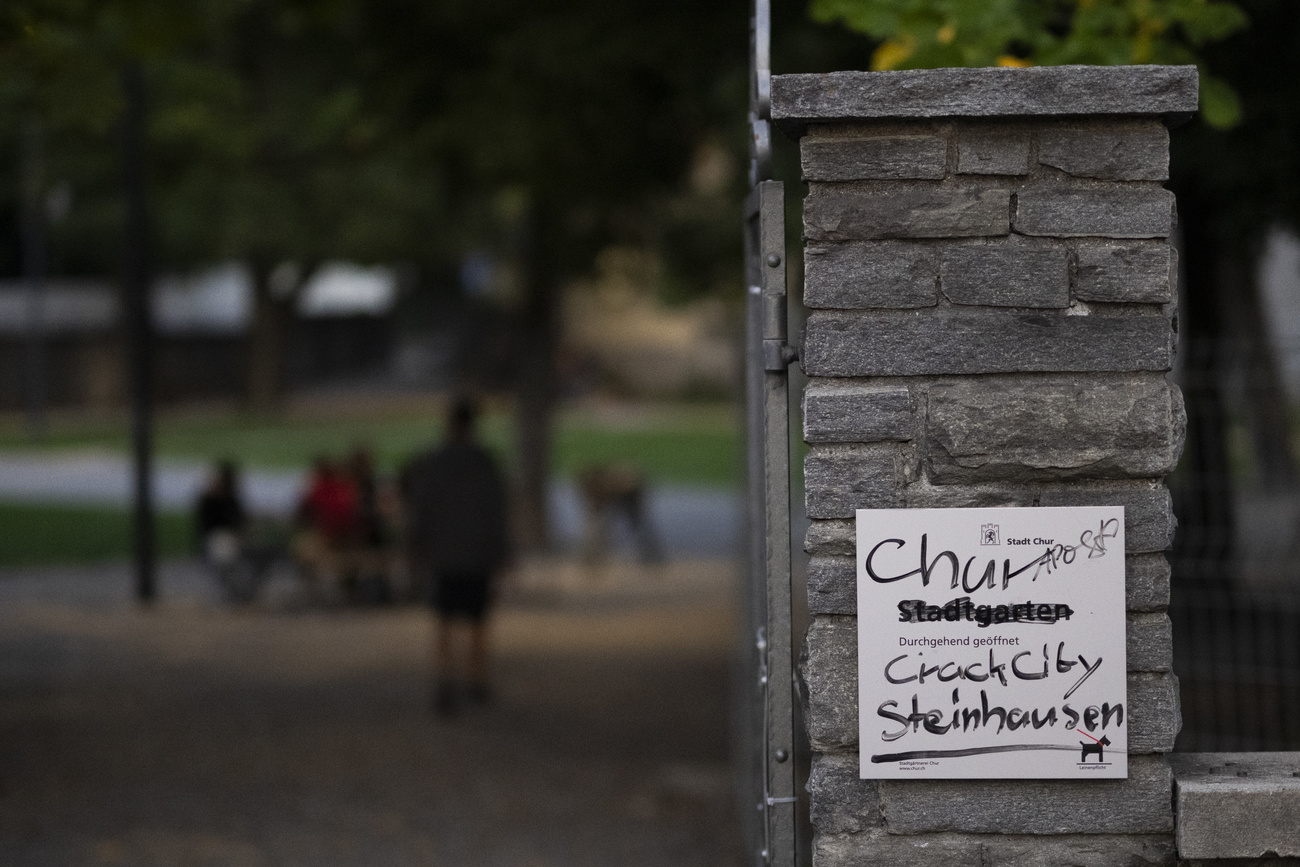Factbox-What we know about the sinking of Mike Lynch’s superyacht

ROME (Reuters) -The sinking of a luxury yacht on Aug. 19 off the northern coast of Sicily left seven people dead, including British tech tycoon Mike Lynch, his daughter Hannah and Morgan Stanley’s Jonathan Bloomer.
Here is what we know about the incident.
VIOLENT STORM
The Bayesian, a British flagged 56-metre (184-feet) superyacht, was anchored off the port of Porticello, near Palermo, when it sank during a severe and sudden weather event.
Prosecutor Raffaele Cammarano said the event was most likely a “downburst”, a downward wind that is intense but relatively frequent at sea, rather than a waterspout which involves rotating winds like a tornado.
The coast guard said given the weather forecast, there was nothing amiss about the Bayesian being moored offshore rather than sheltering at port. Another yacht anchored nearby emerged from the storm unharmed.
Twenty-two people were on board, and 15 survived, including Lynch’s wife, whose company owned the Bayesian. Survivors were found on a life raft.
THREE CREW MEMBERS UNDER INVESTIGATION
Prosecutors in the town of Termini Imerese, near Palermo, have so far placed three crew members under investigation: Captain James Cutfield, ship engineer Tim Parker Eaton and night watch duty sailor Matthew Griffith.
They are suspected of manslaughter and shipwreck, but being investigated in Italy does not imply guilt and does not mean formal charges will follow. Prosecutors have said the investigation would take time and require salvaging the wreck.
The Bayesian sent its last signal before sinking via the tracking Automatic Identification System (AIS) at 0206 GMT, according to the MarineTraffic website. It is now lying on its right side at a depth of around 50 metres (164 feet).
Termini Imerese Chief Prosecutor Ambrogio Cartosio said a red flare alerting rescue services about the emergency was fired into the sky at 0238 GMT, more than 30 minutes after the boat had gone down.
PUZZLING
The swift descent of the Bayesian underwater has puzzled seafarers and nautical engineers, who say the vessel should have taken hours to fill up with enough water to sink it.
There have been suggestions that one or more portholes, windows or other openings may have been left open, or were broken or smashed by the storm, letting in water.
The yacht was capable of tilting to around 75-90 degrees, depending on whether its keel was up or down, and still revert to upright position, former captain Stephen Edwards wrote on his Linkedin profile.
He said the “Downflooding Angle”, at which water could start entering the vessel via the engine room or ventilation ducts, was 40-45 degrees, and once surpassed, would have put the yacht “in serious trouble”.
Experts have questioned if the yacht had been moored with its keel up, potentially compromising its stability, but Edwards said that under the boat’s operating rules, the keel was not required to be down while at anchor.
The keel is a fin-like stabilising structure under the hull, which can be lifted to reduce the depth of the boat in shallow waters or harbours. In the Bayesian, it could reduce the yacht’s below-water surface from around 10 to 4 metres.
UNSINKABLE
The Bayesian was built in 2008 by Perini Navi, an Italian luxury yacht maker. It featured the world’s tallest aluminium mast, measuring 72 metres (236 feet).
Giovanni Costantino, CEO of the Italian Sea Group, which owns Perini, said the yacht was “one of the safest boats in the world” and basically unsinkable.
He alleged that the sinking was due to a chain of human errors, given that the storm was expected. He made his assertions partly based on data from the Automatic Identification System.
If the crew had shut all doors and hatches, turned on the engine, lifted the anchor, lowered the keel and turned the yacht to face the wind, it would have suffered no damage, Costantino said.
Reuters was not able to confirm his assertions.
The captain and other crew members have not spoken publicly about the disaster and attempts by Reuters to reach them have been unsuccessful.
(Reporting by Giselda Vagnoni, additional reporting by Giulia Segreti, Alvise Armellini, Matteo Negri, Giulio Piovaccari and Josephine Mason in London; Editing by Ros Russell and Bernadette Baum)







